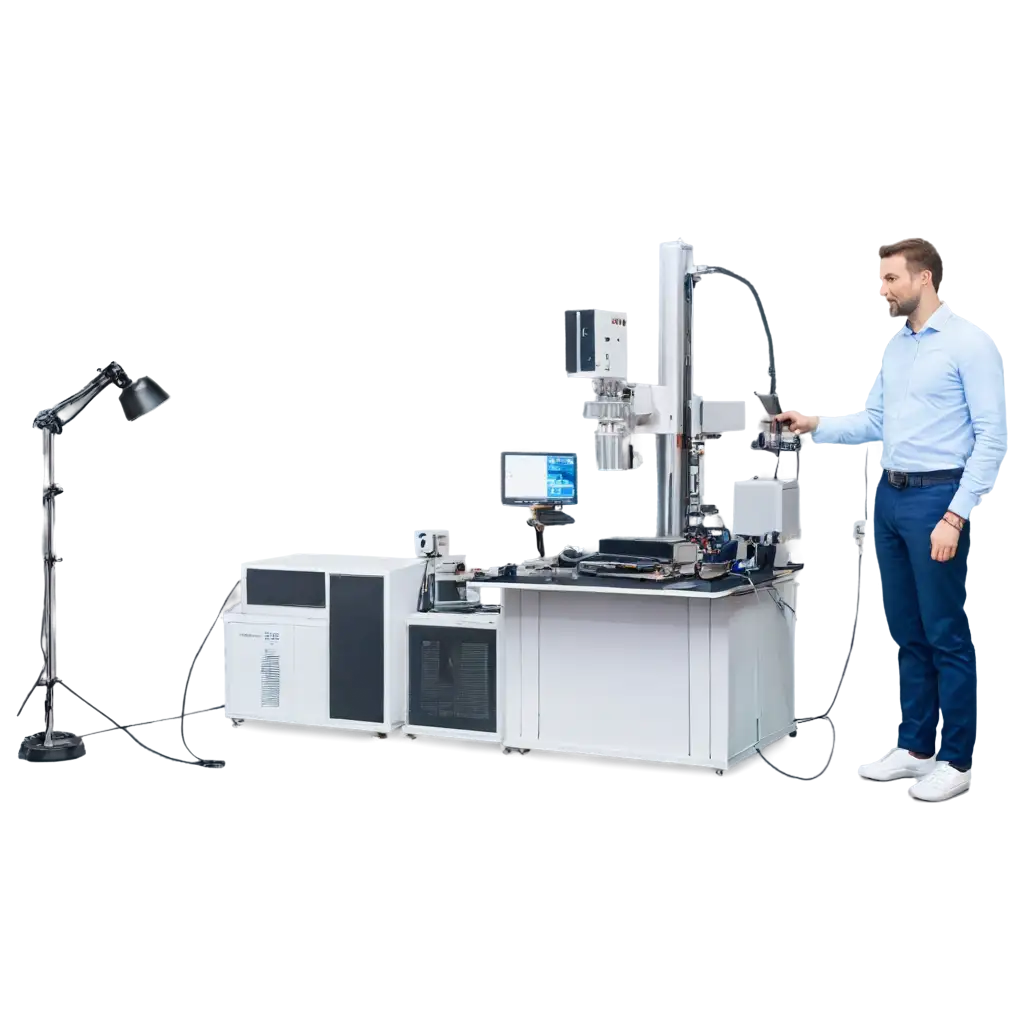Exploring LaserInduced Damage Testing of Optical Components in PNG Format for Enhanced Clarity and Detail

Related AI Images
Related Tags
Diverse Applications of the Laser-Induced Damage Testing PNG Image
Scientific Research Presentations
The high-resolution PNG image can be used in scientific research presentations to clearly illustrate the experimental setup and results of laser-induced damage testing at 2000 nm wavelength. The format's lossless compression ensures that the image retains its quality even when enlarged, making it ideal for detailed examination by researchers and professionals in the field.
Technical Manuals and Guides
As a visual aid in technical manuals and guides, the PNG image offers a crisp and clear representation of the laser-induced damage testing setup. This is particularly useful for instructing technicians and engineers on the proper procedures and equipment configurations, ensuring accuracy and safety in the testing process.
Online Educational Content
The PNG image can be integrated into online educational platforms to support lessons on optical component testing and laser technology. The format's clarity is beneficial for online learners, who can zoom in on the image without losing any detail, enhancing their understanding of complex experimental setups.
Marketing and Promotional Materials
For companies specializing in optical components and testing equipment, the PNG image can be used in marketing materials to showcase their products' capabilities and the rigorous testing they undergo. The high-quality image format helps to convey professionalism and reliability, attracting potential clients and investors.
Academic Journals and Publications
In academic journals and publications, the PNG image serves as a high-quality visual representation of the experimental setup, aiding in the dissemination of research findings. The image's clarity and detail are essential for peer review and学术交流, ensuring that the testing methodology and results are accurately conveyed to the scientific community.